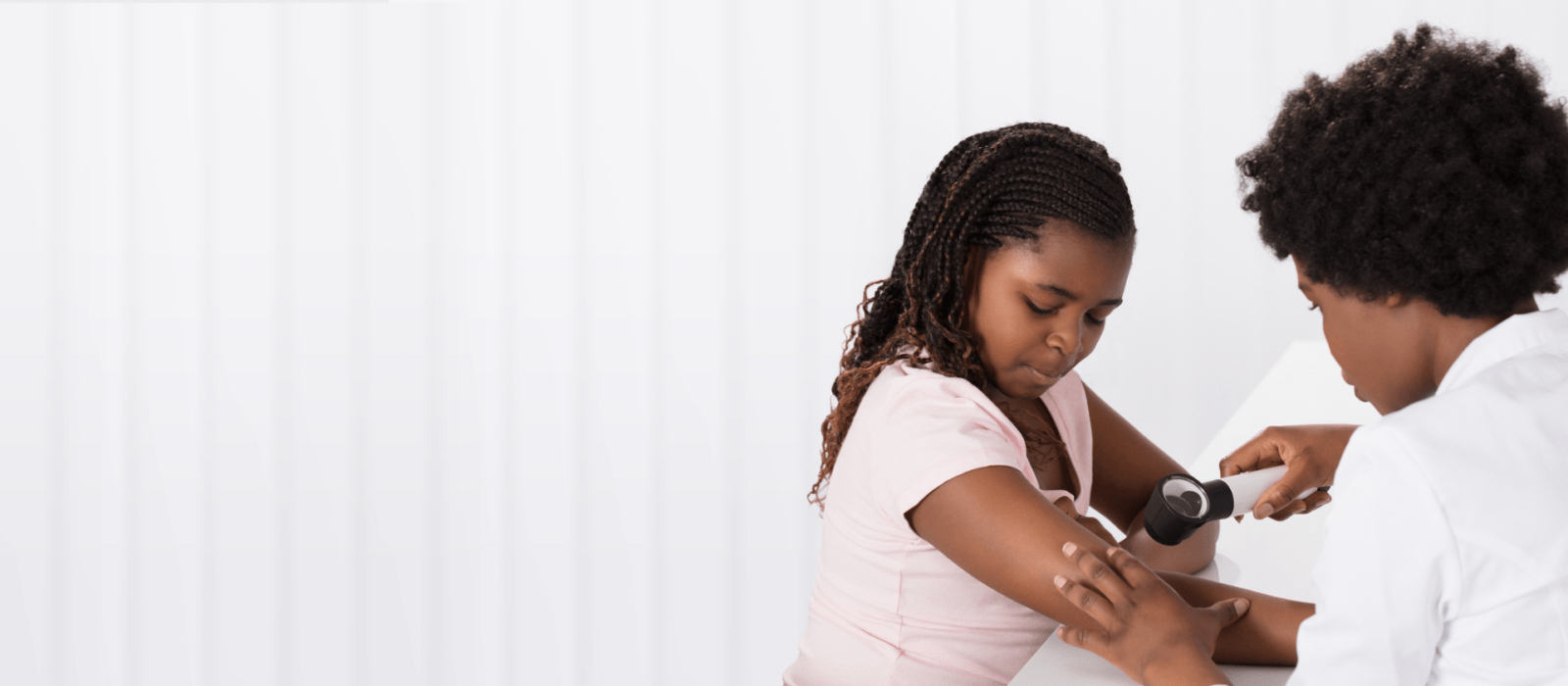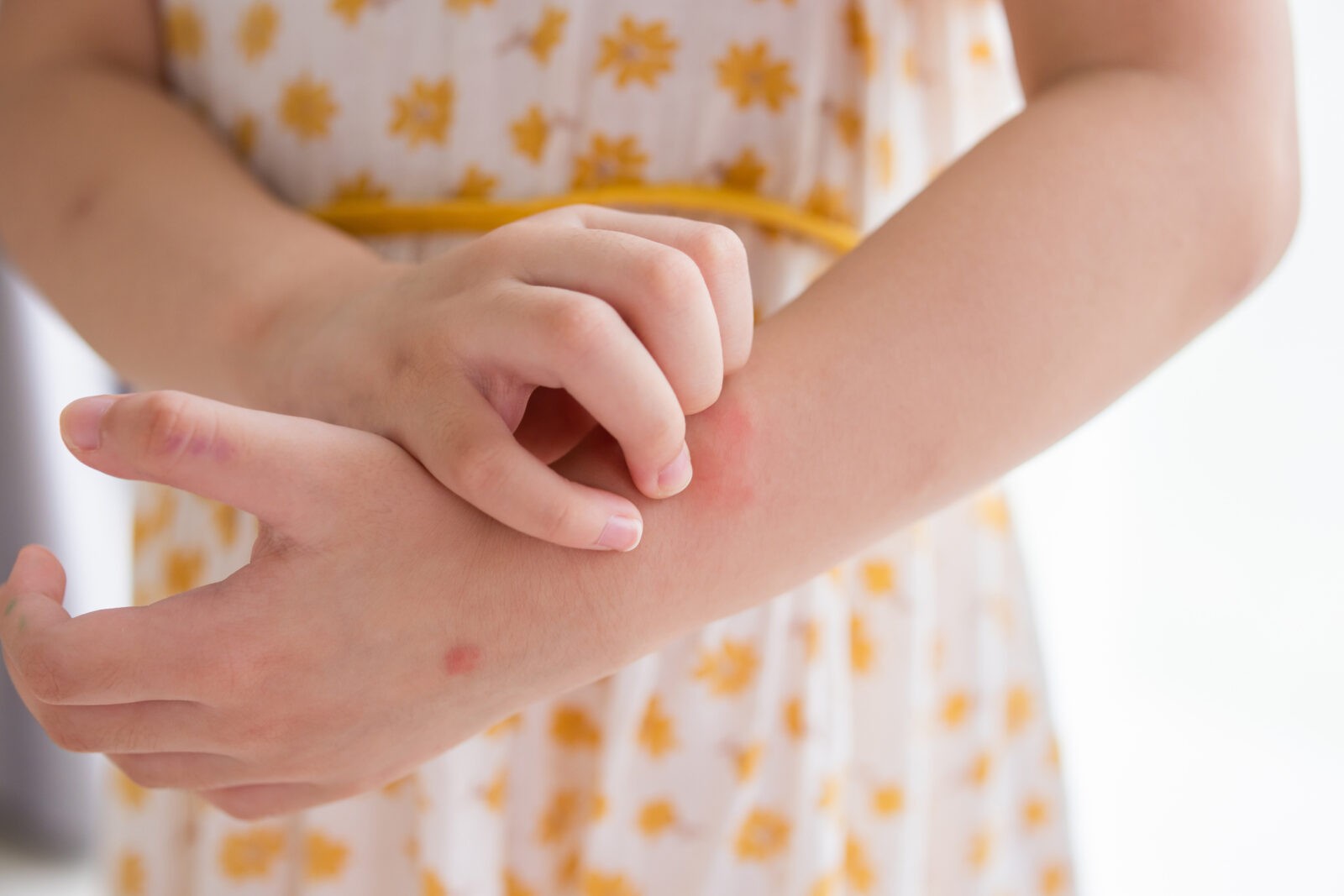About Impetigo
Impetigo is a common superficial bacterial skin infection. It is most commonly seen in children ages 2-5, but older children and adults can be affected. Impetigo is contagious, and is easily spread among individuals in close contact.
Causes
Impetigo is caused a bacterial infection, most commonly Staphylococcus aureus or Streptococcus pyogenes (also called group A streptococcus, which also causes strep throat). These bacteria are commonly found on your skin and in your nose, but can cause problems if it gets under the skin.
Risk Factors
Impetigo usually affects preschool and school-age children. A child may be more likely to develop impetigo if the skin has already been irritated by other skin problems, such as eczema, poison ivy, insect bites, and cuts or scrapes.
Some things that increase your chances of contracting impetigo include:
- Close contact with an infected person
- Close contact with the belongings of an infected person
- Poor hygiene, such as dirty fingernails or unwashed hands
- Crowded areas
- Contact sports
- Warm, humid environment where bacteria flourish
- Poor health
Symptoms
Impetigo may affect skin anywhere on the body but commonly occurs around the nose and mouth, hands, and forearms, and in young children, the diaper area. Symptoms typically appear within 4-10 days after contact with the bacteria. The two types of impetigo are non-bullous (crusted) and bullous (large blisters):
- Non-bullous or crusted impetigo is most common. It’s usually caused by S. aureus but also can be due to infection with S.pyogenes. Non-bullous begins as tiny blisters that eventually burst and leave small wet patches of red skin that may weep fluid. Gradually, a yellowish-brown or tan crust covers the affected area, making it look like it has been coated with honey or brown sugar.
- Bullous impetigo is nearly always caused by S. aureus, which releases toxins that trigger the formation of larger fluid-containing blisters that appear clear, then cloudy. These blisters are more likely to stay longer on the skin without bursting.
Visit Virginia Dermatology & Skin Cancer Center
Our team provides thoughtful, expert care for all your general, surgical and cosmetic dermatological needs. We are proud to offer the most advanced dermatological services in Norfolk, Suffolk, Newport News, and surrounding areas.


